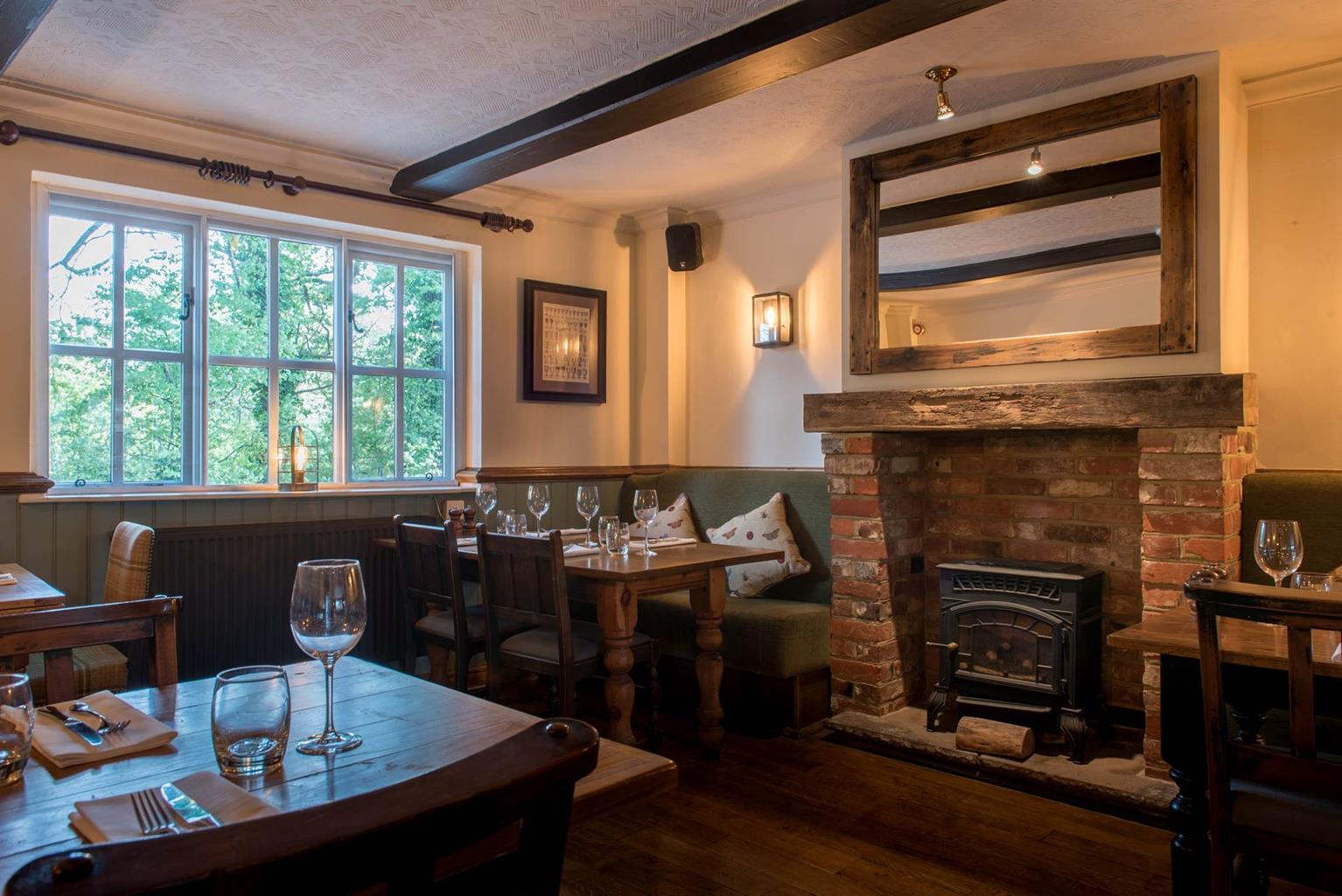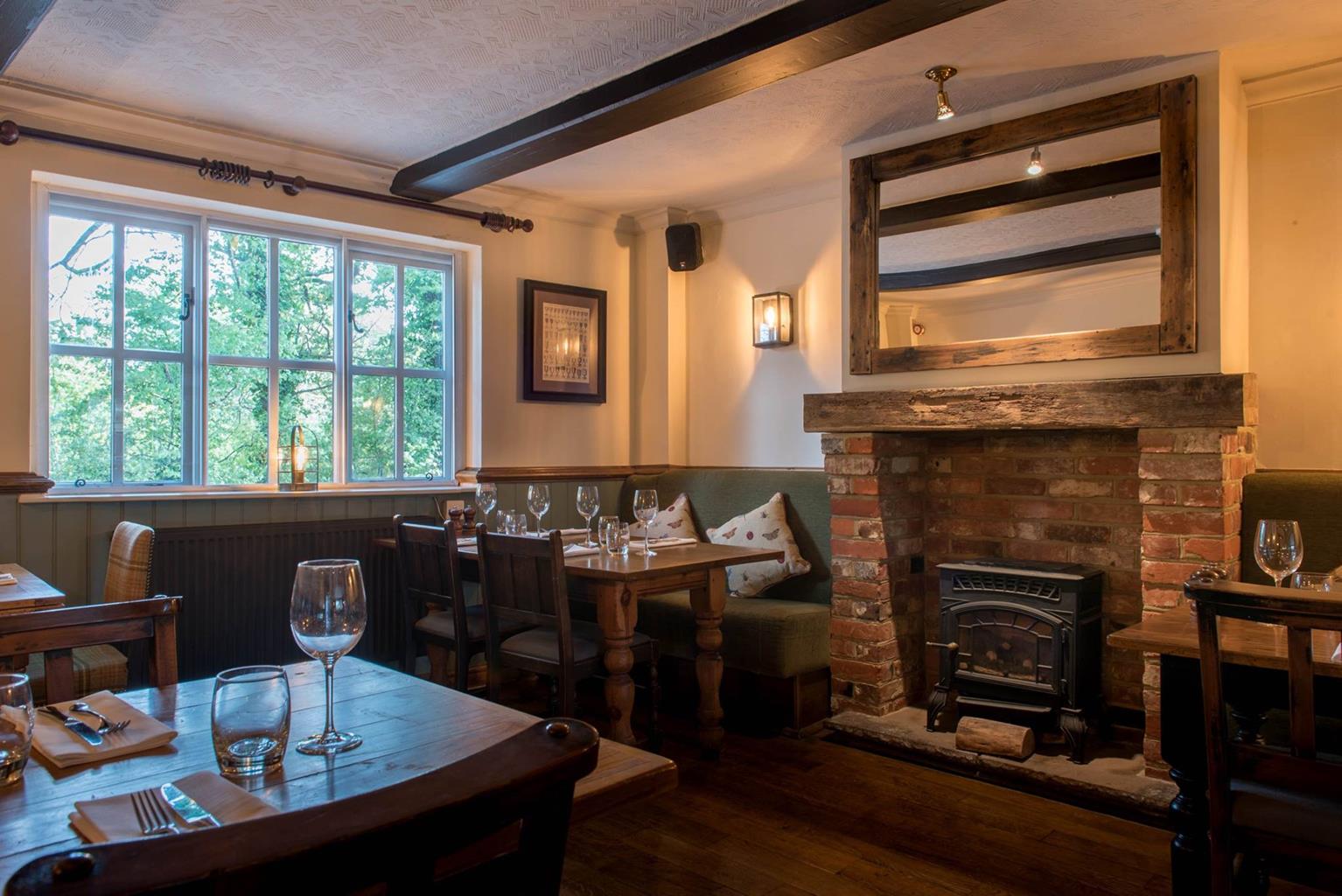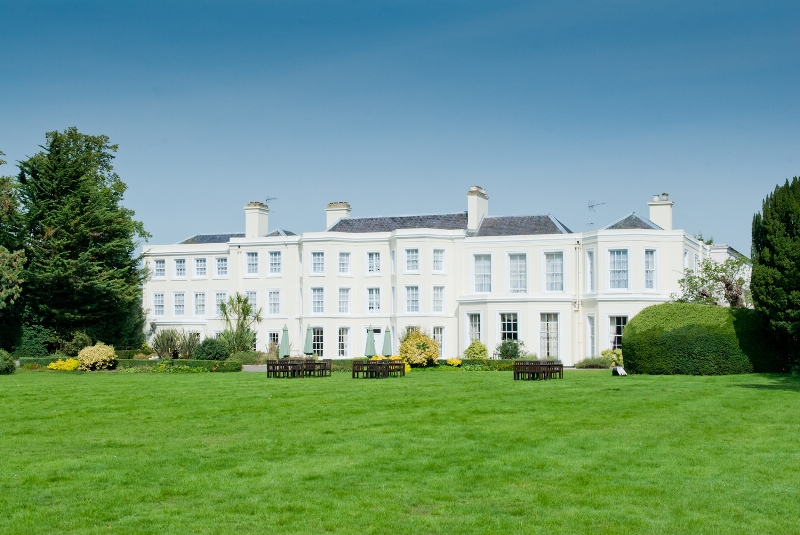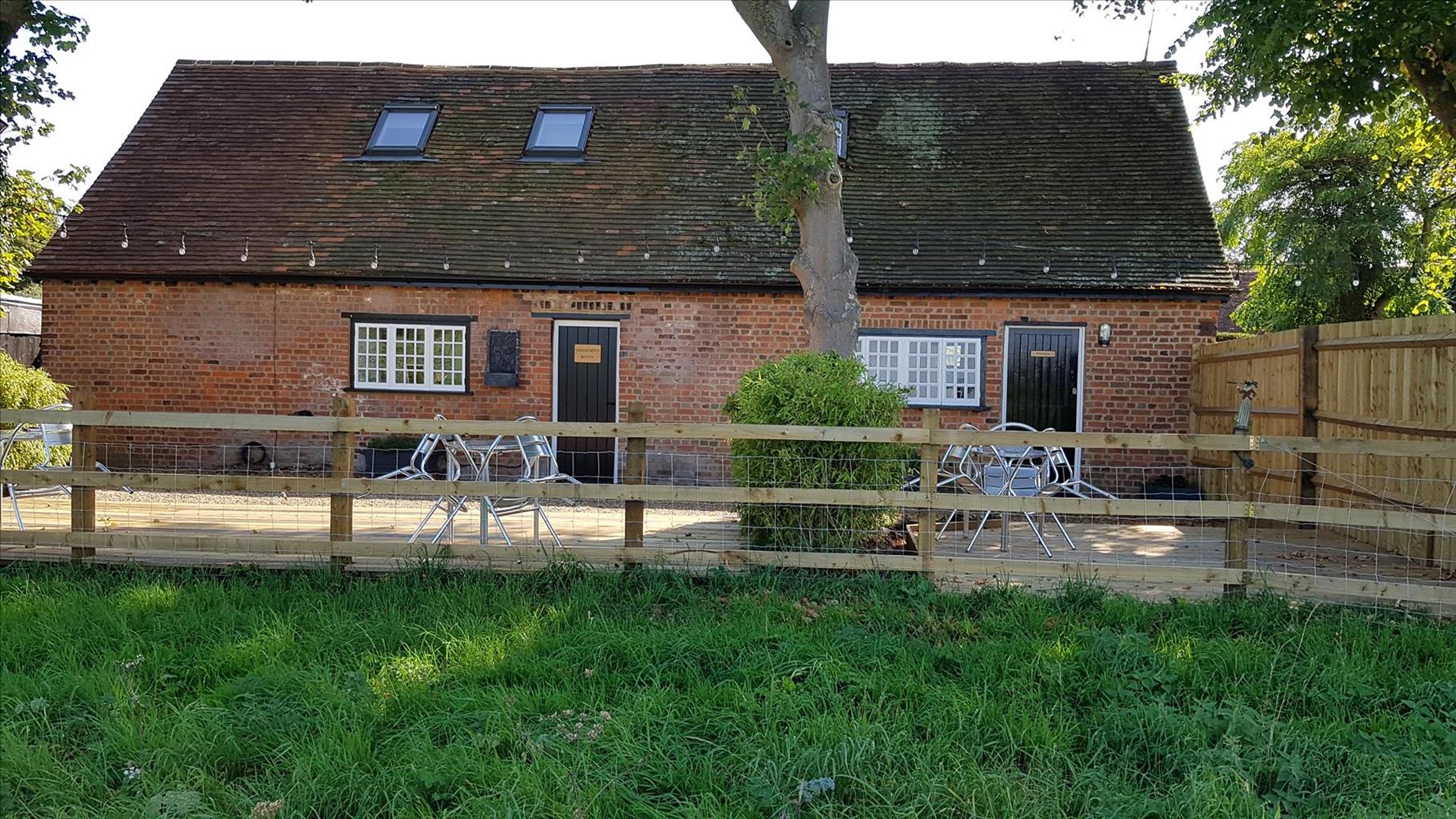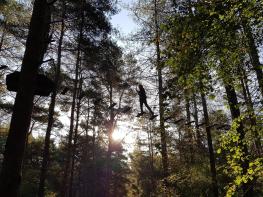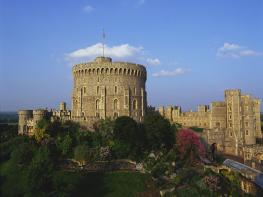Set in attractive mature grounds on the fringes of woodland, this extended Georgian manor house…
Stoke Poges and Stoke Green

Savour striking views from a cherished garden, visit a famous churchyard and witness a poet’s monumental memorial.
4 miles (6.4kms)
About the walk
The walk starts at a beautiful Memorial Gardens – one of the few surviving gems of its kind, dating from the pre-war period. Still in use today, it makes for a perfect end to the walk, whether enjoying a picnic or simply resting your feet. The adjacent churchyard of St Giles is the very one which is said to have inspired poet Thomas Gray to write his famous 'Elegy Written in a Country Churchyard' (1751), one of the nation’s favourite poems. Perhaps fittingly, Gray is buried here in the churchyard (beside his mother). In the adjacent field is a huge memorial, erected in 1799 by John Penn, grandson of William Penn (founder of Pennsylvania province), acting in his capacity as High Sheriff of Buckinghamshire. Lines from Gray’s 'Elegy' are carved on the monument.
Eternal peace
The Memorial Gardens were founded in 1930 on land that formed part of Stoke Park. The aim was to provide a corner of peace and beauty in an increasingly hectic world, and today they remain a haven of tranquillity. The gardens were designed by one of the country’s top landscape architects of the day, Sir Edward White. Dedicated in 1935 as non-denominational memorial grounds, they were acquired by the local authority in 1971and are registered as Grade II on the English Heritage Register of Parks and Gardens of special historic interest in England.
Those who loved the gardens in life often choose to have their ashes interred here, with small memorial plaques and flower holders commemorating them. The grounds cover 20 acres (8ha) with 2,000 private gardens, including rock and water gardens, rose gardens, parterre gardens, heath gardens and individual specimen trees and shrubs. There are also formal gardens enclosed by yew hedges, and informal gardens surrounded by glorious flowering shrubs. Running through the Memorial Gardens is the main avenue which leads down to the colonnade, characterised by columns, water channels, magnolia trees and bright flower beds. The park’s tour de force, however, is its lake. Here a grassy slope tumbles down to the water and offers one of the finest views in all England.
Walk directions
From the car park, turn right and walk along the road. After a hundred yards (91m) or so, cross over and look for a waymarker and a kissing gate by an oak tree on the right. Go through the gate and follow the path as it runs parallel at first with the road, and (rather disconcertingly) across the entrances to various houses. Go through two more kissing gates before the path joins a residential drive, Duffeld Park. Bear right when you get to the road junction, then take the first footpath left, by the sign for Snitterfeld House.
Follow the wide tarmac drive, and opposite the entrance to Snitterfield House take a stile on the right. Go diagonally across a small field to a stile and bridge, and keep along the right-hand edge of the field. Look for a stile by an oak tree in the corner of the field, and go straight ahead across the next field, via another stile to the road. Turn left, passing hospital entrance gate No. 1. Immediately beyond it on the right is a barred metal gate (with private drive sign) and an electricity transformer. Beside the gate, to the right, is a public footpath sign and stile (possibly hidden by foliage). Wriggle through here and follow the track.
After a few paces cross the next stile and continue ahead to Bell Farm. Pass the outbuildings and stables and keep ahead on a grassy track to a stile and gate. Cross a stile, turn left and follow a bridleway to a plank bridge and stile on the left. The walk now crosses a golf course. Cut across the fairway (following yellow marker posts) to a wide path, and follow it to the car park and club house. Take the drive leading out to the main road, veering right to a stile by a row of houses, and follow the track to the road. Bear right and walk along to the Plough Inn.
Turn left into Plough Lane and when it bends right, go straight on along the public bridleway. Cross the next road to a kissing gate and continue on a waymarked path. Keep ahead, bearing left via two kissing gates to cross a small golf course, to reach a kissing gate leading out to the road. Turn left and walk along to Rogers Lane on the right. Make for the kissing gate on the corner and follow the outline of the path, running parallel to the road, ahead to a second gate.
Through the gate, branch half right and follow the path through four more kissing gates (at the third you will see the Clock House) to reach the road. Cross over to a kissing gate and follow the straight path across Gray’s Field towards the monument to Thomas Gray. Keep to the right of the monument and look for the kissing gate leading into the churchyard of St Giles. Turn left to return to the car park.
Additional information
Semi-residential paths and drives, field tracks and paths, some road walking; 7 stiles
Partly residential, interspersed with golf courses
Lead required on golf courses, in Memorial Gardens and churchyard and in residential areas
OS Explorer 172 Chiltern Hills East
Opposite Memorial Gardens; if gates locked, park in front of them
Memorial Gardens, closed evenings and weekends
WALKING IN SAFETY
Read our tips to look after yourself and the environment when following this walk.
Find out more
Also in the area
About the area
Discover Buckinghamshire
Buckinghamshire is a land of glorious beech trees, wide views and imposing country houses. Victorian Prime Minister Benjamin Disraeli savoured the peace and tranquillity of Hughenden Manor, while generations of statesmen have entertained world leaders at Chequers, the Prime Minister’s rural retreat. Stowe and Waddesdon Manor are fine examples of even grander houses, set amid sumptuous gardens and dignified parkland.
The Vale of Aylesbury is a vast playground for leisure seekers with around 1,000 miles (1,609km) of paths and tracks to explore. Rising above it are the Chiltern Hills, a designated Area of Outstanding Natural Beauty covering 308sq miles (798sq km). They are best appreciated in autumn, when the leaves turn from dark green to deep brown. In the southeast corner of the Chilterns lie the woodland rides of Burnham Beeches, another haven for ramblers and wildlife lovers. Although the county’s history is long and eventful, it’s also associated with events within living memory. At Bletchley Park, more than 10,000 people worked in complete secrecy to try and bring a swift conclusion to World War II. Further south, an otherwise unremarkable stretch of railway line was made infamous by the Great Train Robbery in the summer of 1963.
Nearby stays
Restaurants and Pubs
Nearby experiences
Recommended things to do
Why choose Rated Trips?
Your trusted guide to rated places across the UK
The best coverage
Discover more than 15,000 professionally rated places to stay, eat and visit from across the UK and Ireland.
Quality assured
Choose a place to stay safe in the knowledge that it has been expertly assessed by trained assessors.
Plan your next trip
Search by location or the type of place you're visiting to find your next ideal holiday experience.
Travel inspiration
Read our articles, city guides and recommended things to do for inspiration. We're here to help you explore the UK.




